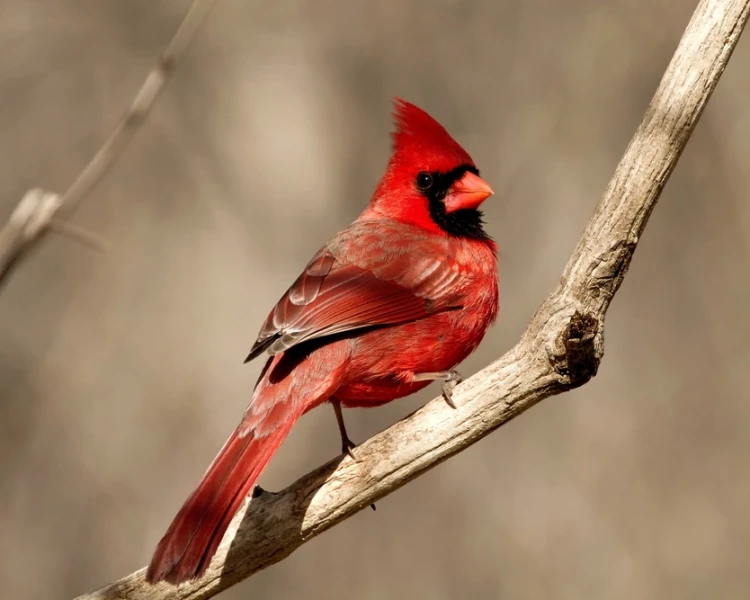4 Facts About Cardinals

Cardinals are a fascinating group of birds known for their vibrant plumage and melodious songs. Found primarily in North and South America, these beautiful creatures have captured the attention of bird enthusiasts and casual observers alike. In this article, we will delve into four intriguing facts about cardinals, shedding light on their behavior, habitat, and unique characteristics.
1. Cardinal Species and Distribution
Cardinals belong to the family Cardinalidae, which includes more than 40 species. The most well-known species is the Northern Cardinal (Cardinalis cardinalis), native to North America. Its striking red plumage, contrasting with a black face mask and a prominent crest, makes it easily recognizable. In addition to the Northern Cardinal, there are other notable species such as the Vermilion Cardinal (Cardinalis phoeniceus) found in South America and the Pyrrhuloxia (Cardinalis sinuatus) found in the southwestern United States and Mexico.
These birds are primarily found in woodlands, forests, and shrublands, but they have also adapted to urban environments, including parks and gardens. Cardinals prefer areas with dense vegetation that provide ample cover and food sources. Their range extends from southern Canada to the northern regions of South America, with different species occupying specific regions within this vast territory.
2. Diet and Feeding Habits
Cardinals are omnivorous birds with a diverse diet. Their primary food source consists of seeds, berries, and fruits. They have a strong beak that allows them to crack open hard shells to access the nutritious seeds inside. Their preference for sunflower seeds has made them frequent visitors to bird feeders in residential areas.
In addition to seeds, cardinals also consume insects, spiders, and snails. During the breeding season, they actively search for protein-rich insects to feed their young. Interestingly, cardinals have been observed using a technique called “leaf-flipping” to uncover hidden insects. They manipulate leaves with their beaks, causing insects to reveal themselves, which they then swiftly capture.
3. Breeding Behavior and Social Structure
Cardinals are monogamous birds, forming long-term pair bonds. They typically mate for life, and both males and females contribute to nest building, incubation, and feeding of the young. The male cardinal is known for its courtship behavior, which involves singing and offering food to the female. Their melodious songs serve as a means of communication and territorial defense.
Nests are constructed by the female using twigs, grass, and leaves, and are often hidden within dense vegetation for protection. The female lays 2-5 eggs, which she incubates for about two weeks. Once hatched, both parents take turns feeding the chicks until they fledge after approximately 10-11 days.
Cardinals are generally non-migratory birds, but some populations may exhibit seasonal movements in response to food availability or climate changes. During winter, when food becomes scarce, they may form loose flocks and engage in communal roosting for warmth and protection.
4. Symbolism and Cultural Significance
Cardinals hold symbolic value in various cultures and religions. In Christianity, the cardinal’s vibrant red plumage is associated with the blood of Christ, symbolizing spiritual vitality and renewal. The sight of a cardinal is often interpreted as a message from a departed loved one, bringing comfort and reassurance.
Beyond their spiritual significance, cardinals have also become popular symbols in sports teams, state emblems, and even as mascots. The Northern Cardinal is the state bird of seven U.S. states, including Illinois, Indiana, Kentucky, North Carolina, Ohio, Virginia, and West Virginia.
Conclusion:
Cardinals are captivating birds that captivate us with their stunning appearance, enchanting songs, and intriguing behavior. From their diverse diet to their monogamous breeding habits, these birds have adapted to various environments and hold cultural significance in many societies. By understanding these four facts about cardinals, we can appreciate the beauty and complexity of these remarkable creatures that grace our gardens and woodlands.






